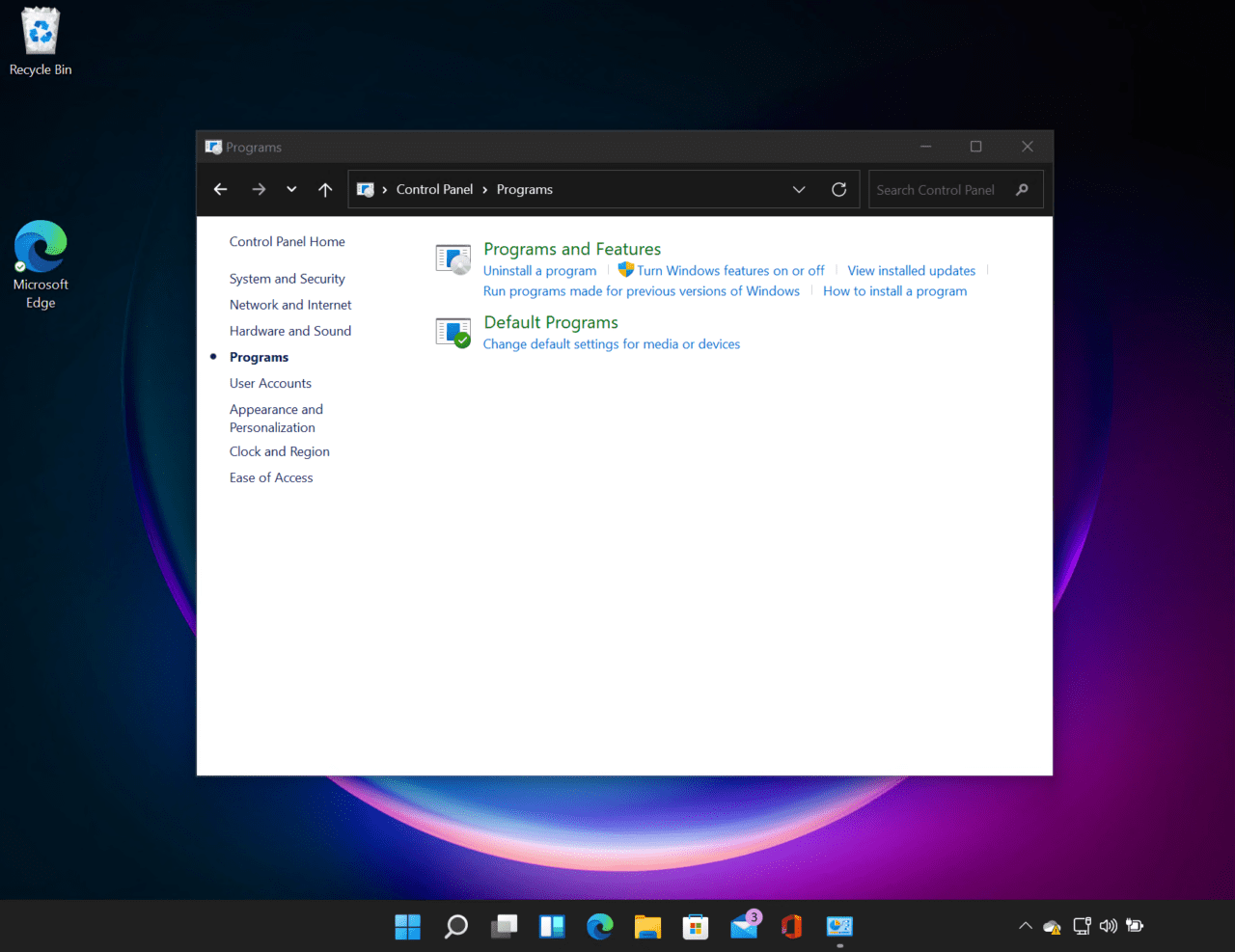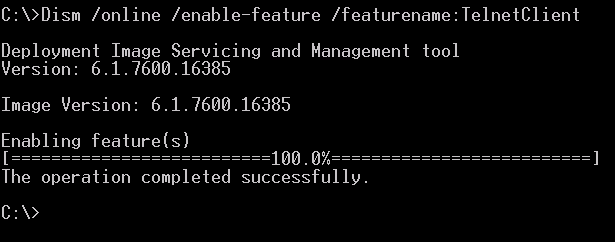


Whether or not the client and server computers rely on the same operating system is also irrelevant. There are only a few devices that do not support the official IETF standard. This versatility is enhanced by the fact that the connection protocol can be used across platforms. For example, with a simple request, you can check the functionality of an HTTP server or (as mentioned earlier) the status of an email server. Since Telnet connections are practically standard TCP connections, the client can be employed to use or test other services that rely on TCP as a transport protocol. Core protocol and basic working methods and extensions are described in the more recent RFC 854 and RFC 855 standards. As an official standard of the Internet Engineering Task Force (IETF), it was implemented by most platforms. However, it was not until 1973 that the protocol, which allows access to remote computers, received its final specification in RFC 495 (Request for Comments). The protocol of the TCP/IP protocol family can also be used to control applications that do not have any graphical user interface.Īs early as 1969, during the time ARPANET was worked on for nine months, the development of Telnet (Teletype Network) was basically finished. However, depending on the terminal device, the presentation of the transmitted data information differs. The Telnet client - the controlling entity in this procedure, also known as remote access or remote login - can be installed on a special device as well as on an ordinary computer. For this purpose, a client-server connection is established by default via the TCP protocol and the TCP port 23, where the remotely controlled device acts as a server and waits for commands. Telnet allows remote control of computers via text-based input and output. Telnet is a client-server protocol based on character-oriented data exchange over TCP connections.


 0 kommentar(er)
0 kommentar(er)
